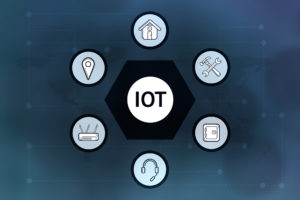As the Internet of Things impacts education, IT leaders are envisioning uber-connected schools and campuses
Close to half (46 percent) of K-12 and higher-ed IT leaders in a recent survey said they believe an Internet of Things smart school–a school using Internet of Things devices to transform learning environments–will have a major impact in the next one to two years.
Nine percent of respondents said they have implemented parts of a smart school plan, 3 percent plan to implement the technology in the next 1-3 years, 23 percent are aware of it and beginning to investigate it, 36 percent are slightly aware of the topic, and the concept is entirely new to 29 percent.
The survey of more than 600 IT leaders, from Extreme Networks, notes that the scope of smart schools extends beyond traditional interactive classroom technologies and can include wearables, sensors located throughout classrooms, eBooks and tablets, collaborative classrooms, and smart lighting and HVAC.
It also found an increasing use of robots, augmented reality, facial recognition, parking sensors, attendance tracking, and 3D printers.
Benefits of smart school technology include increased student engagement, use of mobile learning, more personalized education, easier learning process for students, improved efficiency, better measurements of student success, and increased creativity.
The most important factors that come with implementing smart school technology, according to survey respondents, are reliable wi-fi and network bandwidth, professional development, network analytics, appropriate student devices, and well-designed collaborative learning.
Survey participants noted that implementing devices to enable smart schools also comes with concerns, most notably, security–just more than 50 percent of respondents cited this as their top concern. Other concerns include privacy, interoperability, and cost. Managing a smart school also is a concern–one that might be addressed with a single dashboard to control devices and systems throughout a school or campus.
One survey respondent said planning a smart school is a concern, too, especially when it comes to teacher and staff buy-in. A successful smart school rollout also would require user training, the right infrastructure, and coordinated timing.
- 6 key cybersecurity hiring trends - July 3, 2025
- Digital innovation and human connection are reshaping higher ed - June 30, 2025
- Amid uncertainty, IT leaders outline priorities for higher ed - June 27, 2025
